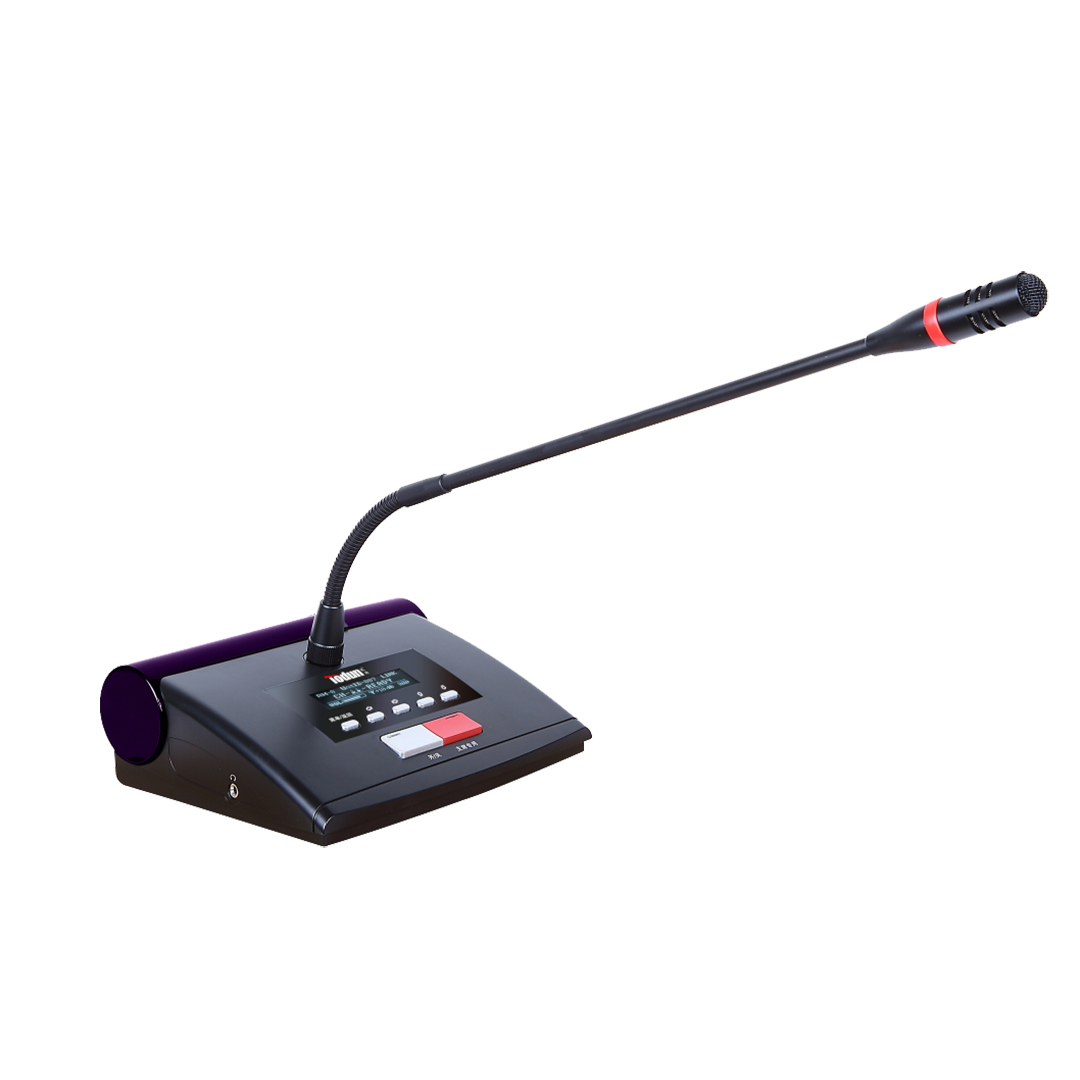Infrared (IR) microphones are a great choice for classroom use as they can be used in multiple rooms without interference from other RF wireless mic systems. They’re also ideal for karaoke bar rooms and schools where multiple sets of microphones may be located in the same room.
The system consists of an IR receiver, a handheld IR microphone, and a battery charger. It can be powered by two AA alkaline batteries or by rechargeable NiMH batteries.
Why IR?
The infrared microphone system may seem like an exotic technology, but it can be very effective when applied in the right environment. It is especially popular in corporate training environments and large K-12 and university campuses where RF spectrum limitations are becoming an issue.
IR Transmitters
Infrared transmitters and receivers are used in a variety of devices, including remote controls and other consumer electronics. They are able to communicate with each other because one component flashes an infrared light in a specific pattern, which another component can pick up and translate into an instruction.
IR is a type of radio communication that uses infrared light, which is emitted by the sun, light bulbs, and anything else that emits heat. This light is invisible to the human eye, so it is perfect for wireless communications.
Infrared signals are modulated at a specific frequency to distinguish them from ambient noise. They are also coded so that an IR receiver can identify them as coming from the transmitter. The signal is then sent to a microcontroller, which decodes the coded sequence and recovers the original data.
IR Receivers
The IR receiver is the most important part of an IR communication system. It is responsible for receiving light from an IR transmitter, filtering out the off-band garbage that can interfere with an electrical signal, and converting the electrical signals back into IR light so that the target can use it.
IR receivers are used in applications like remote control and robots that need to detect motion, identify visual data sets, and more. They are also used in computer vision and HCI applications, especially in blob detection.
To work correctly, the IR receiver has to be tuned for a 38 KHz carrier frequency, so that it can separate the modulated IR light pulses from ambient noise. This enables the IR receiver to see the signal from an IR transmitter without interference from the surrounding environment.
IR Microphones
IR Microphones work by emitting infrared radiation that can only be detected and received through a receiver. This technology eliminates interference problems with other devices such as TV, radio, cell phones, and PA systems.
Unlike VHF and UHF systems, IR does not interfere with other devices or cause “cross-talk” in rooms that are separated by walls. This is why it’s a great choice for a conference room or other venue with multiple microphones.
Impulse Responses can be created by using either the transient method (such as a balloon pop, starter pistol, or firework) or by capturing a swept sine signal and deconvolving it into an impulse response. Both methods have their advantages and disadvantages but resulting IRs can be very useful sonic tools.




